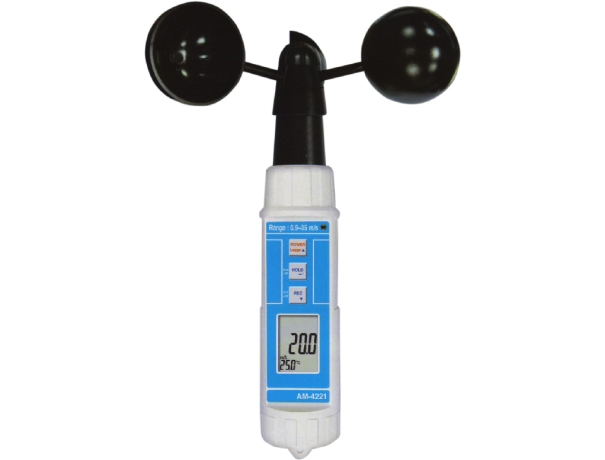Meteorological stations are vital hubs of scientific observation that provide insights into weather and climate patterns.
Overview of Meteorological Stations
Meteorological stations collect, analyze, and disseminate atmospheric data. Their primary goal is to monitor weather conditions and provide actionable insights for forecasting and environmental studies.
From barometers to hygrometers, meteorological stations deploy a variety of tools. Among these, anemometers are indispensable for understanding wind behavior.
What Is an Anemometer?
An Anemometer is designed to measure wind speed and, in some cases, wind direction. Its data is crucial for understanding atmospheric dynamics.
Kinds of Anemometers
Cup Anemometers
These are the most traditional models, featuring cups that rotate in response to wind speed.
Propeller Anemometers
Similar to cup models but with a propeller to capture wind flow.
Hot-Wire Anemometers
They measure wind speed by detecting changes in wire temperature due to airflow.
Ultrasonic Anemometers
These use sound waves to calculate wind velocity and are known for their precision.
Laser Doppler Anemometers
Employ lasers to measure wind speed with unparalleled accuracy.
Acoustic Resonance Anemometers
Utilize sound waves to capture wind data in real time.
Importance of Anemometers in Meteorology
Measuring Wind Speed
Accurate wind speed measurements help predict weather phenomena like storms and cyclones.
Determining Wind Direction
Knowing wind direction aids in aviation safety, shipping routes, and even wildfire management.
Contribution to Climate Studies
Anemometers provide long-term data that supports climate research, enabling scientists to track changes over decades.
How Anemometers Work
Principle of Operation
Mechanical anemometers rely on moving parts, while electronic versions use advanced sensors to detect airflow.
Data Transmission and Integration
Modern anemometers integrate seamlessly with meteorological software, enhancing data accuracy and usability.
Applications Beyond Meteorology
Use in Renewable Energy
Wind turbine placement and efficiency rely heavily on wind data collected by anemometers.
Industrial Applications
In industries like mining, anemometers monitor airflow to ensure worker safety.
